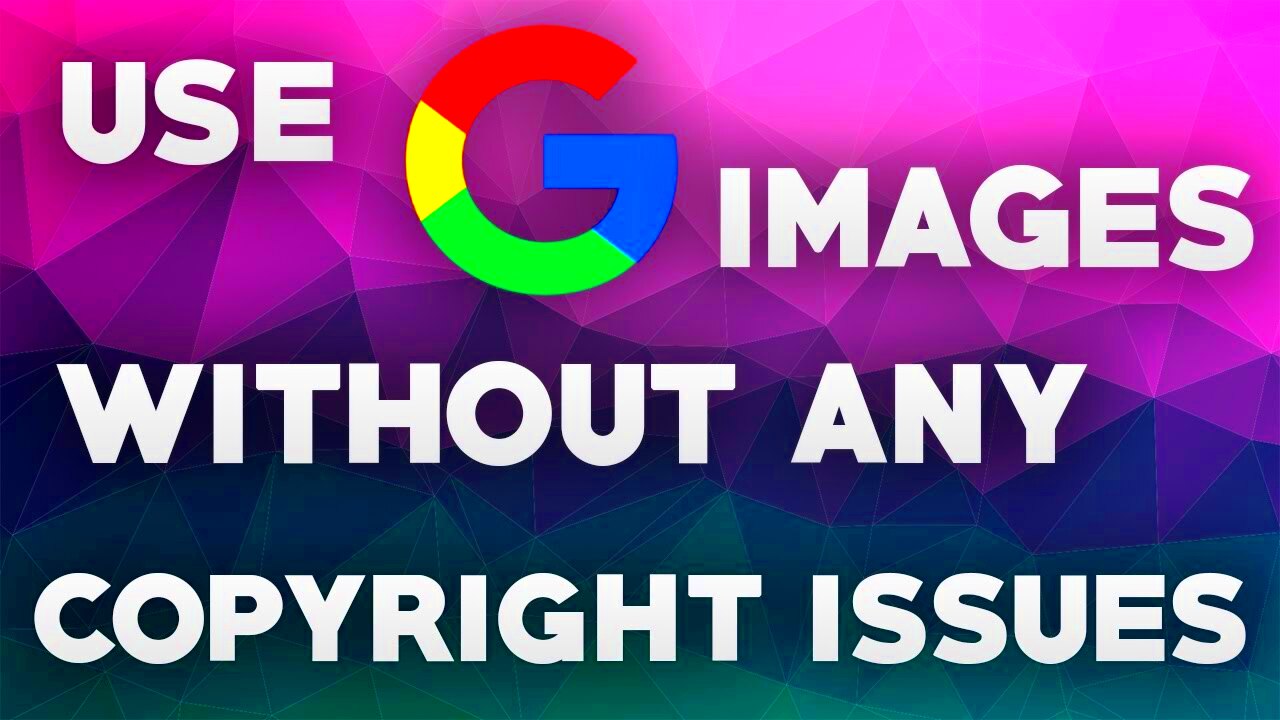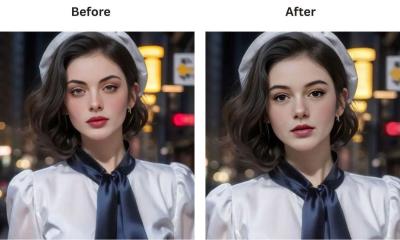Copyright is a legal term that protects original works of authorship, including images. It gives creators exclusive rights to use, distribute, and alter their work. Understanding copyright is essential for anyone who uses images, whether for personal projects or business purposes. When you respect copyright laws, you ensure that artists receive credit for their work and avoid potential legal troubles.
Not knowing copyright rules can lead to serious consequences, including fines or the forced removal of your work. So, whether you're a photographer, a designer, or just someone who loves to share images, understanding copyright is crucial.
Common Copyright Issues with Images
Many people unknowingly face copyright issues when using images. Here are some common pitfalls to avoid:
- Using Images Without Permission: If you use an image without obtaining the creator's permission, you risk infringing on their copyright.
- Failing to Credit the Creator: Even if you have permission, not crediting the creator can lead to disputes.
- Modifying Images Without Understanding the Terms: Altering an image may still require permission, depending on the license.
- Assuming All Images on the Internet are Free to Use: This is a common misconception; many images are protected by copyright.
Staying informed about these issues helps protect both your projects and the rights of creators.
Also Read This: How to Open Adobe Stock in Photoshop
Using Free Stock Images Safely
Free stock images are a great resource, but it's important to use them correctly. Here are some tips to ensure you're using free stock images safely:
- Choose Reputable Sources: Use platforms like HD Stock Images, where you can find high-quality free stock images.
- Check the License: Always review the licensing agreement for each image to understand how you can use it.
- Attribution Requirements: Some free stock images require you to credit the photographer or source. Make sure to include this in your work.
- Limitations on Commercial Use: Be aware that some free images may not be used for commercial purposes. Always confirm the terms.
By following these guidelines, you can enjoy the benefits of free stock images while respecting copyright laws.
Also Read This: Album Artistry: Crafting an Album on SoundCloud – A Sonic Showcase
Editing Images to Make Them Unique
Editing images is a fantastic way to make them uniquely yours while steering clear of copyright issues. When you alter an image, you give it a new identity, making it distinct from the original. This is especially useful for businesses and creatives looking to stand out. But what does it mean to edit an image effectively? Here are some popular methods:
- Crop the Image: Changing the composition can significantly alter the image's impact.
- Change Colors: Adjusting hues, saturation, and brightness can give a fresh look to any image.
- Add Text: Overlaying your own text or graphics can turn a stock image into a promotional material.
- Combine Images: Merging two or more images creates a new piece entirely.
- Apply Filters: Using filters can enhance mood or style, giving the image a unique feel.
Remember, the goal is to create something that feels original while respecting the rights of the original creator.
Also Read This: how much you make from adobe stock
Tools for Altering Images
Fortunately, there are many tools available for editing images, ranging from beginner-friendly to professional-grade software. Here are some popular options:
| Tool | Description | Best For |
|---|---|---|
| Canva | An easy-to-use online design tool with templates and a vast library of images. | Beginners and marketers |
| Adobe Photoshop | A professional photo editing software offering advanced features and tools. | Professional designers and photographers |
| GIMP | A free, open-source alternative to Photoshop with powerful editing capabilities. | Advanced users on a budget |
| Pixlr | A web-based editing tool that's easy to navigate with various effects. | Casual users |
Choosing the right tool can make a significant difference in the quality of your edits and your overall experience.
Also Read This: Visual Conversations: Sending Images in Microsoft Teams Chat
Best Practices for Image Modification
When modifying images, following best practices can help you create unique works while avoiding legal issues. Here are some essential tips:
- Start with High-Quality Images: Always begin with high-resolution images to ensure your edits look professional.
- Save Your Work Frequently: Make sure to save your edits regularly to avoid losing your progress.
- Keep Original Files: Always retain a copy of the original image in case you need to revert your changes.
- Understand the Licensing: Ensure that any modifications comply with the original image's licensing agreement.
- Get Feedback: Share your edits with friends or colleagues to get constructive feedback.
By adhering to these best practices, you'll be well on your way to creating unique and legally safe images that suit your needs.
Also Read This: What Makes VectorStock the Optimal Choice for Creative Professionals
How to Attribute Stock Images Properly
Attributing stock images is an essential part of using them correctly and legally. Proper attribution shows respect for the original creator’s work and helps avoid copyright issues. But how do you do it right? It’s easier than you might think! Here’s a simple guide to help you:
- Check the License: Different licenses have different requirements. Always start by reading the licensing agreement associated with the image.
- Include the Creator's Name: Most attributions should include the name of the photographer or artist.
- Link to the Source: If possible, include a link back to the source of the image. This not only credits the creator but also provides context for your audience.
- Specify the License: Mention the type of license under which the image is used, such as "CC BY 2.0" for Creative Commons.
Here’s a basic format you can follow for attribution:
Image Title by Photographer's Name is licensed under CC BY 2.0.
By following these steps, you can use stock images while giving credit where it’s due!
Also Read This: How to Apply Eyeliner for Big Eyes
FAQ on Altering Images and Copyright
When it comes to altering images, many questions arise. Here are some frequently asked questions to clear up common misconceptions:
- Can I alter a stock image without permission? It depends on the license. Some licenses allow modifications, while others do not.
- What if I change the image significantly? While significant changes can help make an image feel unique, you still need to check the licensing terms to see if you need permission.
- Do I need to attribute the image if I alter it? Yes, proper attribution is usually required, even if you’ve modified the image.
- What happens if I use an image without proper attribution? You risk facing legal consequences, including potential fines and the removal of your content.
Understanding these questions can help you navigate the often tricky waters of image copyright more easily.
Conclusion on Avoiding Copyright Issues
Avoiding copyright issues when using images is all about being informed and respectful. By understanding copyright laws, using free stock images responsibly, and attributing images correctly, you can create and share content without fear of legal trouble. Remember, the digital world is vast, and while it may seem like there are endless images available for use, respecting the rights of creators is crucial. Here are key takeaways to keep in mind:
- Always check the license of an image before using it.
- Edit and alter images to create something unique while respecting the original creator’s rights.
- Attribution is not just polite; it’s often a legal requirement.
By following these guidelines, you’ll not only protect yourself but also support the creative community. Happy creating!

 admin
admin








